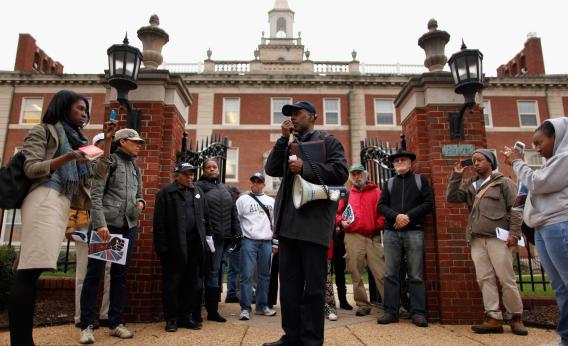Nonprofit colleges in the United States rarely “go out of business” both because demand for higher education services has been robust and because it’s hard for nonprofits to go out of business. But St. Paul’s College, a small historically black school in Virginia, is closing its doors this month and Moody’s says it won’t be the last to go.
Their take, however, is that school closures are likely to be limited to a subset of colleges: “very small, private colleges with a high reliance on student charges, indistinct market positions, and limited donor support.”
It’s worth emphasizing that to some extent the thing that puzzles people who follow higher education finance closely is that so few schools of this sort have closed yet. The press likes to run very vague “Is college worth it?” articles, but whether or not “college” is worth it, it’s very hard to make the case for the price premium that undistinguished private colleges charge. And if you have a heavy reliance on tuition, you can easily enter death spiral territory. Enrollment falls, which weakens your financial base and then you need to cut back in a way that makes further enrollment even less attractive. Next thing you know, your school is shutting down.
Still, even though American colleges are going to increasingly face technological pressures reminiscent of what’s happened to the newspaper industry, the striking thing is how many financial resources the typical private school has to fall back on. Howard University here in D.C., for example, just announced some layoffs and is under a lot of financial strain between federal cuts and declining enrollment. But Howard is also sitting on top of a gentrification-driven real estate bonanza. That doesn’t fix the short-term cash crunch, but it means that even if the fundamentals tilt against Howard it has an enormous capacity to scale itself down to a sustainable level rather than going out of business. Obviously not every school has been as lucky with its real estate as Howard, but most large schools do have important assets in this regard.
